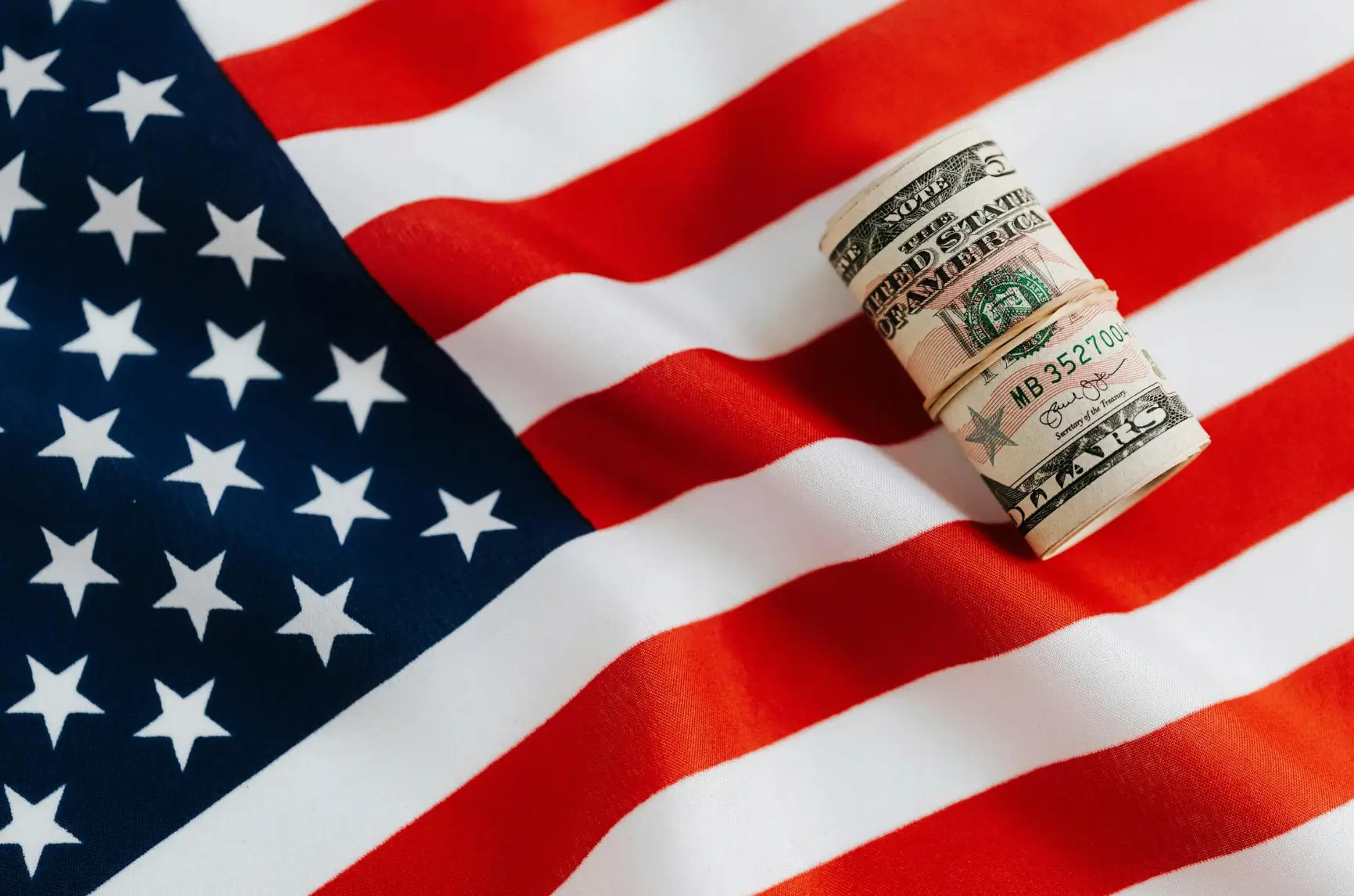U.S. PCE Inflation Rises for First Time Since February, Fed Rate Cut Likely Delayed
27.06.2025 18:00 1 min. read Kosta Gushterov
Fresh data on Personal Consumption Expenditures (PCE) — the Federal Reserve’s preferred inflation gauge — shows inflation ticked higher in May, potentially delaying the long-awaited Fed rate cut into September or later.
According to the latest release:
- Core PCE (YoY): 2.7% (vs. 2.6% expected, 2.5% previous)
- Core PCE (MoM): 0.2% (vs. 0.1% expected, 0.1% previous)
- Headline PCE (YoY): 2.3% (matches forecast, up from 2.1%)
- Headline PCE (MoM): 0.1% (in line with expectations)
This marks the first uptick in PCE inflation since February 2025, signaling persistent inflationary pressures that may prompt the Federal Reserve to hold off on rate cuts.
Fed Cautious Despite Strong Economic Data
While recent U.S. economic data has been largely positive, the Federal Reserve declined to cut rates in June, opting instead to watch key inflation trends more closely. With core PCE now rising, market expectations for a July cut have sharply declined, and a September cut is now the base case.
The Fed has repeatedly emphasized its commitment to returning inflation to the 2% target before easing monetary policy. Rising core inflation complicates this path, even as growth and labor market indicators remain strong.
Following the report, traders recalibrated rate cut odds, pricing in just one 25-basis-point cut in September, with further cuts now seen as conditional on future disinflation.
-
1
Trump Targets Powell as Fed Holds Rates: Who Could Replace Him?
27.06.2025 9:00 2 min. read -
2
U.S. PCE Inflation Rises for First Time Since February, Fed Rate Cut Likely Delayed
27.06.2025 18:00 1 min. read -
3
Key U.S. Economic Events to Watch Next Week
06.07.2025 19:00 2 min. read -
4
Gold Beats U.S. Stock Market Over 25 Years, Even With Dividends Included
13.07.2025 15:00 1 min. read -
5
U.S. Announces Sweeping New Tariffs on 30+ Countries
12.07.2025 16:30 2 min. read
US Inflation Heats Up in June, Fueling Uncertainty Around Fed Cuts
U.S. inflation accelerated in June, dealing a potential setback to expectations of imminent Federal Reserve rate cuts.
Gold Beats U.S. Stock Market Over 25 Years, Even With Dividends Included
In a surprising long-term performance shift, gold has officially outpaced the U.S. stock market over the past 25 years—dividends included.
U.S. Announces Sweeping New Tariffs on 30+ Countries
The United States has rolled out a broad set of new import tariffs this week, targeting over 30 countries and economic blocs in a sharp escalation of its trade protection measures, according to list from WatcherGuru.
Key U.S. Economic Events to Watch Next Week
After a week of record-setting gains in U.S. markets, investors are shifting focus to a quieter yet crucial stretch of macroeconomic developments.
-
1
Trump Targets Powell as Fed Holds Rates: Who Could Replace Him?
27.06.2025 9:00 2 min. read -
2
U.S. PCE Inflation Rises for First Time Since February, Fed Rate Cut Likely Delayed
27.06.2025 18:00 1 min. read -
3
Key U.S. Economic Events to Watch Next Week
06.07.2025 19:00 2 min. read -
4
Gold Beats U.S. Stock Market Over 25 Years, Even With Dividends Included
13.07.2025 15:00 1 min. read -
5
U.S. Announces Sweeping New Tariffs on 30+ Countries
12.07.2025 16:30 2 min. read


